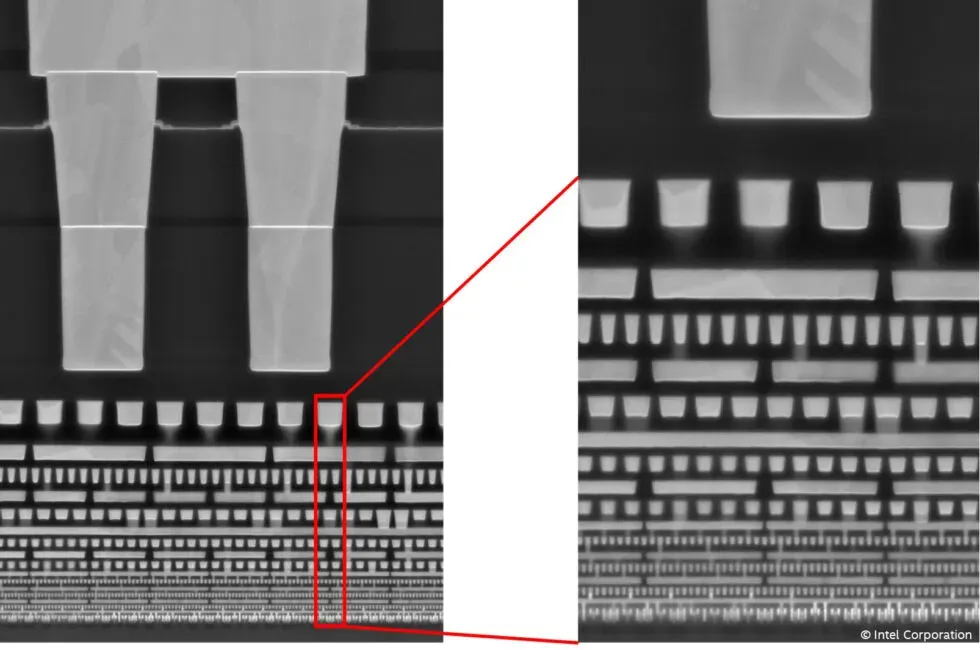Intel is trying to get chip production back on track with “Intel 4” due out in 2023.

In recent years, Intel’s chip technology has been losing ground to rivals such as TSMC and Samsung, but the company hopes to forget its problems. The first step forward will be the Intel 4 manufacturing process, which Intel shared more details about at the annual Institute of Electrical and Electronics Engineers VLSI Technology Symposium (as reported by AnandTech and Tom’s Hardware). The new manufacturing technology will be used in consumer chips starting in 2023, starting with the Intel Meteor Lake CPU architecture. Meteor Lake will likely hit the market as a 14th generation Intel Core processor sometime next year.
Intel 4’s biggest improvement is the integration of extreme ultraviolet (EUV) lithography, which uses short-wavelength ultraviolet light to etch tiny patterns into silicon wafers. TSMC and Samsung use EUV technology in their most advanced manufacturing processes. Intel says that compared to the Intel 7 process, Intel 4 will deliver either a 21.5% boost in clock speed with the same amount of power, or the same speed while using 40% less power.
After Intel 4, Intel will move to Intel 3, which is a higher density iteration of Intel 4 using the same EUV technology. Notably, chipmakers will be able to port designs built for Intel 4 directly to Intel 3 without the need for modifications, which we hope will allow both Intel and third-party chipmakers to quickly start using it (Intel 3 will be offered to third parties via Intel Foundry Services). By making small leaps between processes—introducing EUV lithography in Intel 4 and then optimizing maximum density in Intel 3 rather than trying to do both—Intel hopes to avoid the latency and performance issues that have held back the 10nm process. / Intel 7. back so many years.

In the mid-2010s, Intel largely lost its manufacturing lead due to numerous delays in the release of its 14nm and 10nm process technologies. 10nm chips have been released intermittently over three CPU generations, and the latest 12th Gen Core chips are finally bringing the entire consumer laptop and desktop CPU line back to the same architecture and manufacturing process for the first time in years. Intel has posted a multi-year plan to help it catch up with its competitors, but we’re taking that plan with a grain of salt until Intel proves it can fix its performance issues.
The company has attracted some investment from the US government, which is trying to boost domestic chip production. Last year, Intel received part of a $100 million chip manufacturing contract from the Department of Defense, and a $52 billion bipartisan bill to stimulate domestic chip manufacturing is moving through Congress (although its future seems uncertain at the time of this writing) .
Leave a Reply